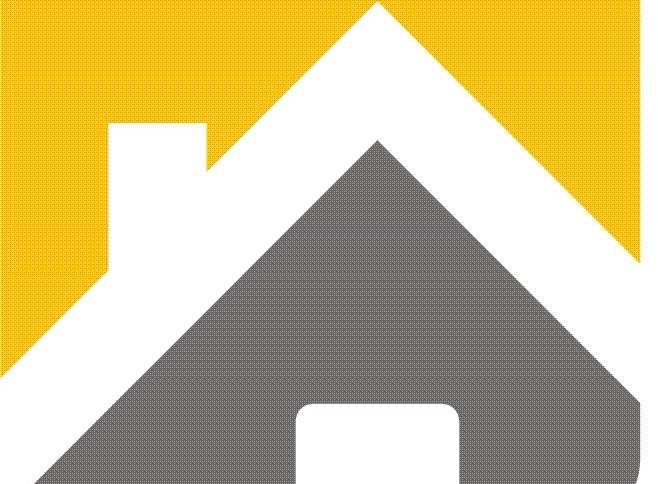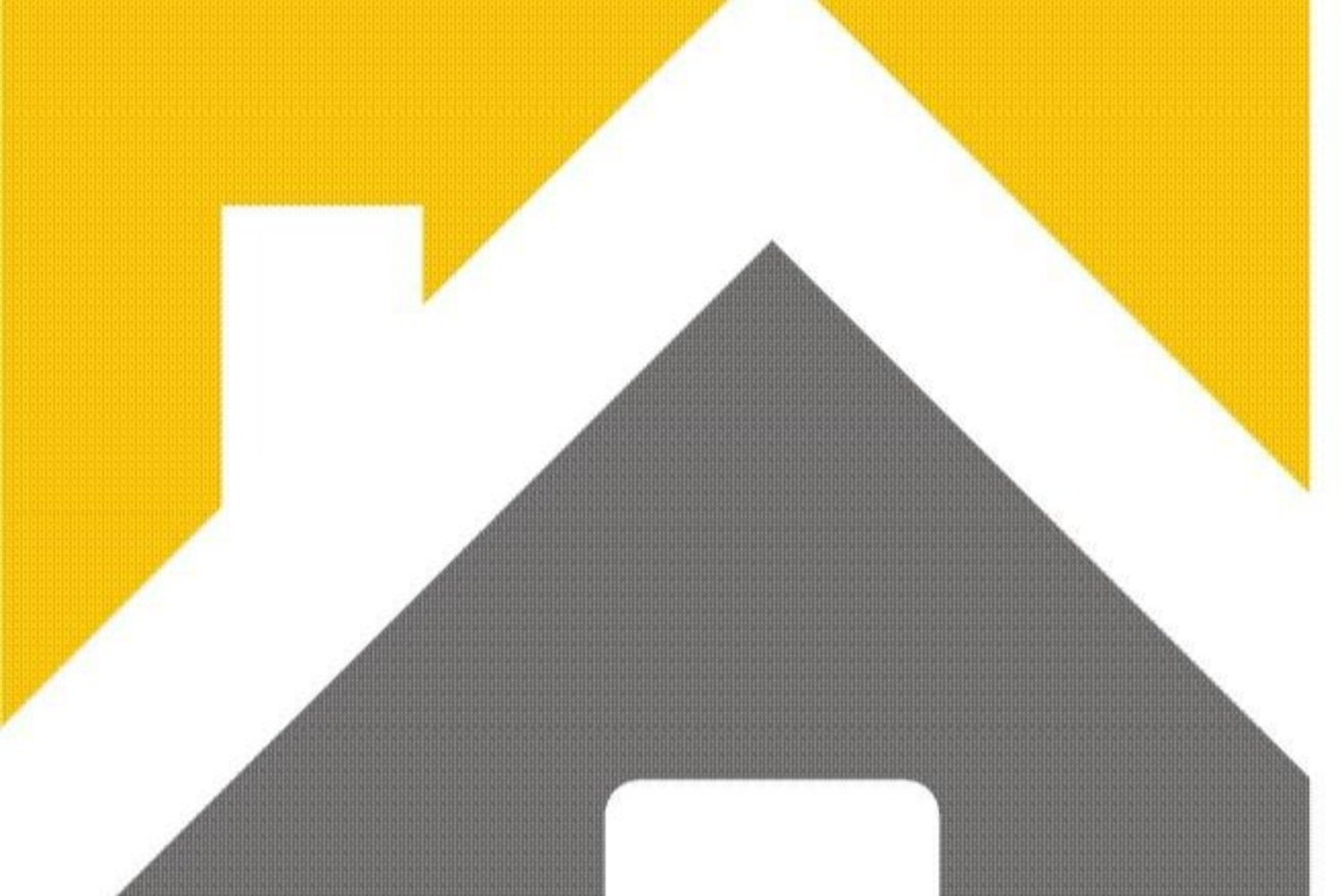EXCITING TIMES FOR TELEHEALTH
2017 brought some exciting developments in the telehealth space. 2016’s 21st Century Cures Act has helped to streamline regulations around the adoption of digital health technologies, and in response the FDA has established a new digital health unit to focus on areas such as telemedicine, mobile apps, wearable devices, clinical algorithms (aka software-as-a-medical-device), and health information technology.
As a result of its new focus on streamlining, the FDA has:
Issued final guidance on the use of real-world evidence for medical product development and post-market study requirements
Announced the pilot of its premarket certification program, called Pre-Cert, that focuses on streamlining the approval process of lower-risk digital health tools
These changes help to reduce the time and cost of market entry for companies in the digital health space, also allowing existing players to leverage their consumer wellness products into the medical field. This means that the data generated by wearable devices will be increasingly used for medical purposes, and other technologies—such as the smart home and smart speakers—may also be able to pull double duty in both the consumer and medical space. Adoption of telehealth solutions by payers, providers, and consumers is also likely to be accelerated due to the FDA’s digital health initiatives.
As we head into 2018, we should expect to see:
Increased focus on clinical applications built on consumer wearable platforms, such as the Apple Watch and Samsung Gear
Clinical algorithms incorporating natural language processing and machine vision technology
Telehealth solutions including 4K or 5K high-resolution video, and multi-user connections for consulting with multiple medical professionals at once
An increasing number of telehealth solutions focused on emerging technology areas, such as the smart home space, smart speakers with personal assistants, virtual reality, and wearable exoskeletons
New medical and health devices offering standalone cellular connectivity, brought about the availability of low-cost LTE solutions such as LTE-M and NB-IoT and the high reliability of next-gen mobile networks

